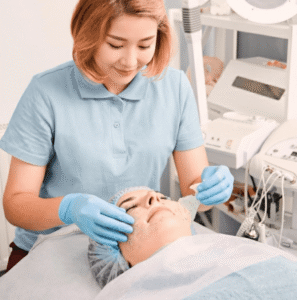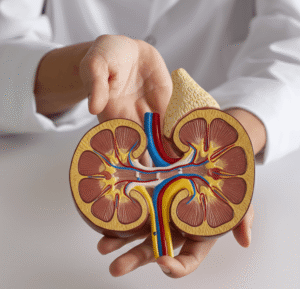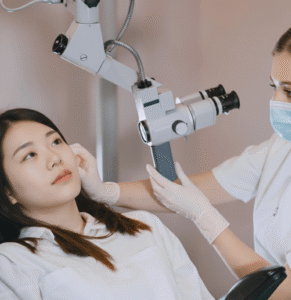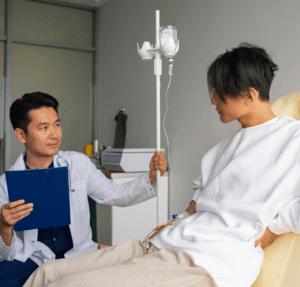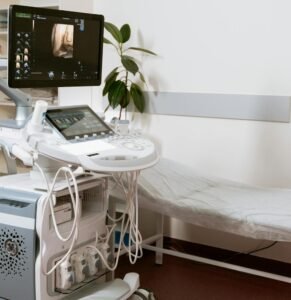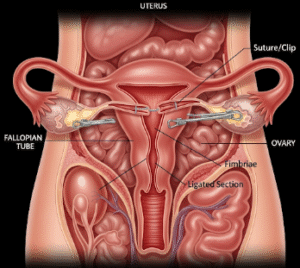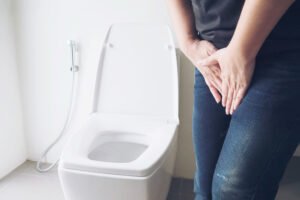What is a Hearing Test?
A hearing test is a medical assessment designed to evaluate the function of your ears and auditory system, measuring how well you can hear sounds of different pitches and volumes. These tests are essential to detect hearing loss, identify its type, and guide appropriate treatment or interventions.
💡 Key Points About Hearing Tests:
✔️ Objective or subjective assessments – Can include patient responses or electronic measurements
✔️ Detects types of hearing loss – Conductive, sensorineural, or mixed
✔️ Measures degree and frequency range – Determines mild, moderate, severe, or profound loss
✔️ Supports early intervention – Improves communication and prevents complications
Types of Hearing Tests:
➡️ Pure-tone audiometry – Measures hearing sensitivity at different frequencies
➡️ Speech audiometry – Evaluates understanding of words and speech
➡️ Tympanometry – Assesses middle ear function
➡️ Otoacoustic emissions (OAE) – Tests cochlear function, often used for infants
➡️ Auditory brainstem response (ABR) – Measures electrical activity of the auditory nerve
In Korea, hearing tests are offered at ENT hospitals, audiology clinics, pediatric centers, and specialized hearing assessment facilities, often with advanced digital audiometry systems.
Why It’s Done
Hearing tests are performed to diagnose hearing loss, monitor ear health, and plan interventions:
✔️ Routine screening – Newborns, school-aged children, or adults at risk
✔️ Suspected hearing loss – Difficulty understanding speech, ringing in ears, or difficulty hearing in noisy environments
✔️ Monitoring medical conditions – Diabetes, hypertension, or ear infections affecting hearing
✔️ Pre-implant assessment – For cochlear implants or hearing aids
✔️ Occupational requirements – Jobs requiring precise auditory function
Clinical Benefits:
➡️ Early detection → Enables timely treatment or hearing device use
➡️ Prevents communication difficulties → Improves social and educational outcomes
➡️ Monitors hearing over time → Tracks progression or improvement
➡️ Guides interventions → Determines suitability for hearing aids, implants, or therapy
In Korea, early hearing assessment for newborns and children is strongly recommended to support language development and cognitive growth.
Alternatives
Alternatives or complementary methods to hearing tests include:
⭐ Behavioral observation – Parent or teacher reports of hearing difficulty
⭐ Self-assessment questionnaires – Subjective evaluation of hearing ability
⭐ Screening apps or devices – Preliminary assessment tools
⭐ Physical examination – Detects earwax blockage or structural abnormalities
👉 Key Point: Formal audiometric testing provides the most accurate and comprehensive evaluation, while alternatives may help identify potential issues early.
Preparation
Preparation for a hearing test ensures accurate results:
🔹 Avoid loud noise exposure – 24 hours prior to testing to prevent temporary threshold shift
🔹 Clean ears – Remove earwax if necessary, but avoid deep cleaning that may damage the ear
🔹 Bring prior hearing records – Previous tests, surgeries, or device use
🔹 Medical history review – Ear infections, medications, or chronic illnesses
⭐ Relax and be attentive – Some tests require responding to tones or speech prompts
⭐ Accompanying person for children or elderly – Helps ensure cooperation and accurate results
How It’s Done
Hearing tests vary depending on type and patient age:
- Pure-Tone Audiometry
✔️ Patient wears headphones and listens to tones at various frequencies
✔️ Responds by pressing a button or raising hand when sound is heard
✔️ Results plotted on an audiogram - Speech Audiometry
🔹 Patient repeats words or sentences at varying volumes
🔹 Assesses clarity, comprehension, and speech reception thresholds - Tympanometry
➡️ Measures middle ear pressure and eardrum movement
➡️ Detects fluid, perforation, or eustachian tube dysfunction - Otoacoustic Emissions (OAE)
✔️ Small probe inserted in the ear
✔️ Measures cochlea-generated sounds in response to stimuli
✔️ Common for newborn hearing screening - Auditory Brainstem Response (ABR)
🔹 Electrodes placed on scalp and earlobes
🔹 Records electrical signals from auditory nerve
🔹 Often used for infants or non-cooperative patients
Highlights:
✔️ Non-invasive, painless, and safe
✔️ Duration varies from 5–60 minutes depending on tests
✔️ Advanced Korean clinics use digital audiometers for precise results
Recovery / Follow-up
Hearing tests are safe and do not require physical recovery, but follow-up is essential:
✔️ Review results – Audiologist explains findings, degree of loss, and implications
✔️ Device fitting – If hearing loss is detected, hearing aids or implants may be recommended
✔️ Periodic monitoring – Regular testing tracks changes over time
✔️ Rehabilitation referral – Speech therapy or auditory training if needed
⭐ Special considerations for children: Early intervention programs and parental education are crucial for language and cognitive development
Complications / Risks
Hearing tests are extremely safe, but some minor considerations include:
⚠️ Ear discomfort – Mild pressure during tympanometry
⚠️ Temporary fatigue – Listening carefully may cause tiredness
⚠️ Inaccurate results – Due to improper headphones placement, wax, or recent noise exposure
➡️ In Korea, trained audiologists, calibrated equipment, and standardized protocols ensure minimal risk and high accuracy.
Treatment Options / Hearing Test Services in Korea
Korea provides comprehensive hearing assessment services:
🏥 Pediatric hearing centers – Early newborn and school screening
🏥 ENT and audiology clinics – Full range of diagnostic tests
🏥 Cochlear implant assessment – Preoperative evaluation and post-implant monitoring
🏥 Occupational hearing programs – Noise-exposed workers receive regular checks
🏥 Hearing aid fitting and counseling – From assessment to device optimization
Why Korea is a Preferred Destination:
✔️ Advanced digital audiometry equipment – High precision and accuracy
✔️ Experienced audiologists and ENT specialists – Skilled in pediatric and adult care
✔️ Integrated care programs – Assessment, intervention, and rehabilitation in one center
✔️ Early intervention focus – Critical for language development in children
✔️ Follow-up and maintenance – Long-term monitoring for progressive hearing loss
Approximate Costs in Korea:
🔹 Basic hearing test → $50 – $100
🔹 Comprehensive audiological assessment → $150 – $300
🔹 OAE or ABR test → $100 – $250 per session
🔹 Follow-up and counseling sessions → $50 – $100 per visit
Conclusion
Hearing tests are essential for detecting hearing loss, guiding interventions, and supporting communication and quality of life.
They help patients:
✔️ Identify hearing deficits early
✔️ Plan appropriate interventions, including hearing aids or implants
✔️ Prevent educational, social, and occupational difficulties
✔️ Maintain cognitive function and communication skills
In Korea, patients benefit from:
✔️ State-of-the-art audiology centers
✔️ Skilled ENT specialists and audiologists
✔️ Comprehensive testing and rehabilitation programs
✔️ Early intervention programs for children
👉 Key Message: Hearing tests in Korea provide accurate, safe, and timely assessment of auditory function, ensuring early detection and effective management of hearing loss for all ages.


